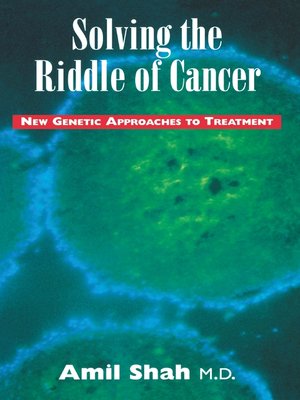
Sign up to save your library
With an OverDrive account, you can save your favorite libraries for at-a-glance information about availability. Find out more about OverDrive accounts.
Find this title in Libby, the library reading app by OverDrive.



Search for a digital library with this title
Title found at these libraries:
| Loading... |
As recently as the middle of this century, cancer was still a mysterious disease. It seemed to strike with reckless abandon, and once it had gripped its victim, doctors could do little more than relieve the pain, steady the pulse and ease the breathing. It is all too easy now to reflect on this sad state of affairs without realizing that cell biology itself was also a rudimentary science.
In the past few years, a vastly different view of cancer has emerged. The highly sophisticated tools of genetic engineering have allowed biologists to look deep into the inner provinces of the cell, and what they have learned is taking biology and medicine in a completely new direction.
Only a decade ago, the concept of gene therapy was unknown to most scientists and clinicians. The problems of such therapy were thought to be insurmountable and not given serious consideration. The striking advances in our understanding of cancer in the recent past have, however, changed all of this. It is astonishing how much progress has been made in such a short time; biology has moved from strength to strength, and what seemed daunting not so long ago can now be confidently tackled. The road to this new understanding of how a cell works and what makes it malignant has not always been easy, but the great achievements are undeniable. With today's cell biology comes the promise of a totally new kind of treatment.






